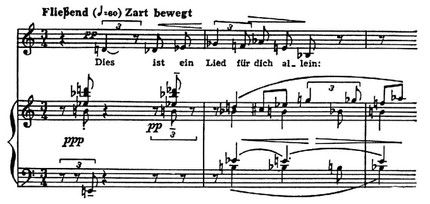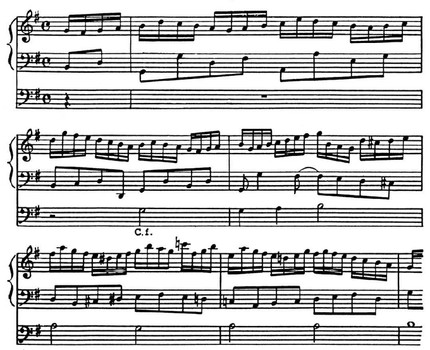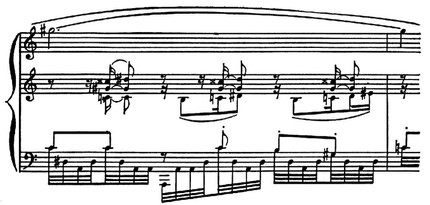
Polyrhythmia |
from the Greek polus – many and rhythm
The combination in the simultaneity of two or several. rhythmic drawings. P. in a broad sense – the union in polyphony of any rhythmic ones that do not coincide with each other. drawings (for example, in one voice – quarters, in another – eighths); opposite of monorhythm – rhythmic. the identity of the votes. P. — the phenomenon characteristic of muses. cultures of the countries of Africa and the East (for example, a combination of various rhythms performed on percussion instruments), as well as the general norm for polyphony in Europe. music; starting with a motet of the 12th-13th centuries. is a necessary condition for polyphony. P. in the narrow sense is such a combination of rhythmic. drawings vertically, when in real sounding there is no smallest time unit commensurate with all voices (combination of binary divisions with special types of rhythmic divisions – triplets, quintuplets, etc.); typical for the music of F. Chopin, A. N. Scriabin, as well as for A. Webern, composers of the 50-60s. 20th century

A. Webern. “This is a song just for you”, op. 3 no 1.
A special type of P. is polychrony (from the Greek polus – many and xronos – time) – a combination of voices with decomp. time units; hence polychronic imitation (in enlargement or reduction), polychronic canon, counterpoint. Polychrony with a large contrast of commensurate units can give the impression of polytempo, at the same time. combinations of voices in different pace (see example below). Polychrony is inherent in polyphony on the cantus firmus, when the latter is performed in longer durations than the rest of the voices, and forms a contrasting time plan in relation to them; widespread in music from early polyphony to late baroque, in particular characteristic of isorhythmic. motets by G. de Machaux and F. de Vitry, for choral arrangements by J. S. Bach (organ, choral):

J. S. Bach. Choral prelude for organ “Nun freut euch, lieben Christen g’mein”.
The composers of the Dutch school used polychrony in canons with unequal time measurements, “proportions” (“proportional canon”, according to L. Feininger). In the 20th century it was used in later Op. Scriabin, composers of the new Viennese school, pl. composers of the 50s and 60s


A.H. Scriabin. 6th sonata for piano.
One of the most common forms of organization of P. is polymetry.
V. N. Kholopova



